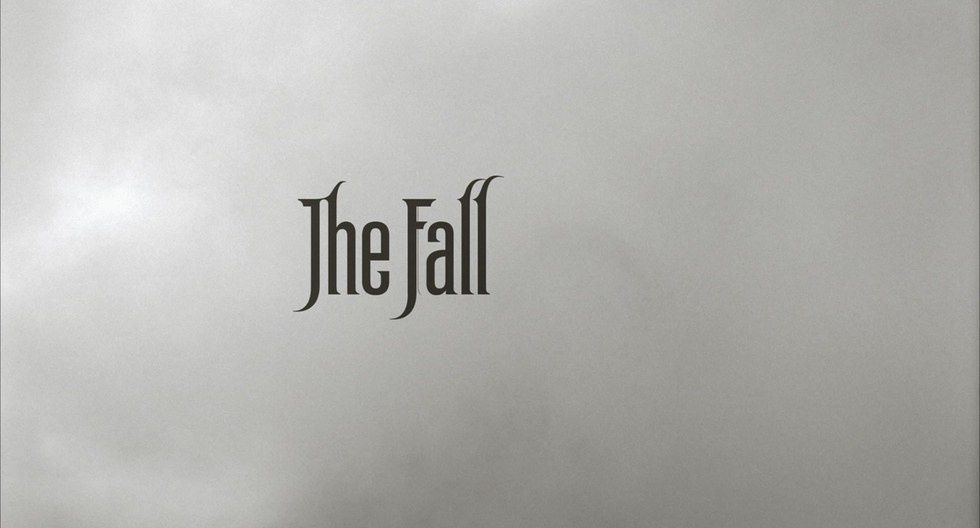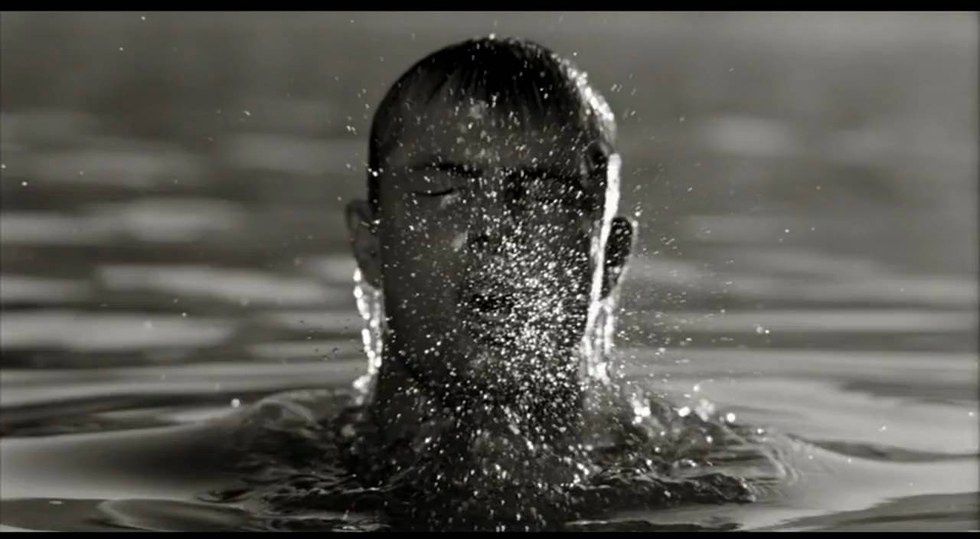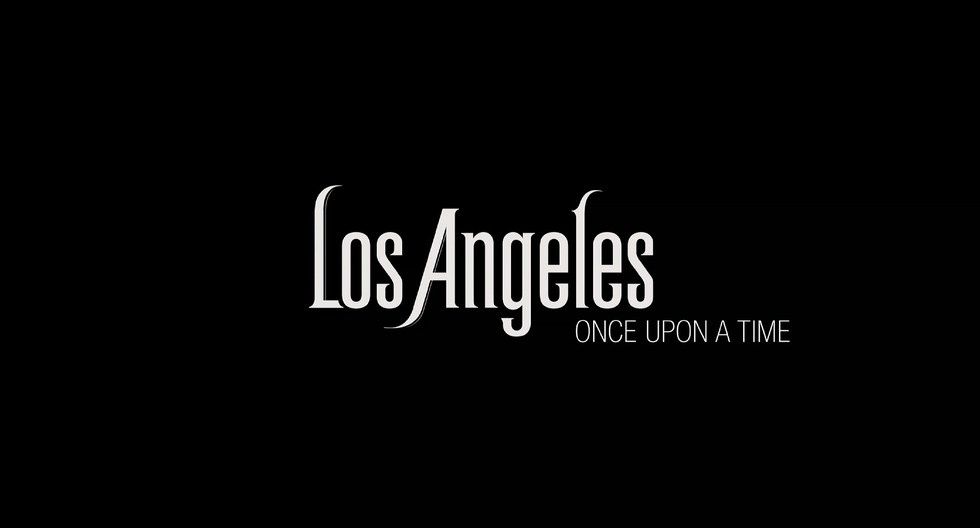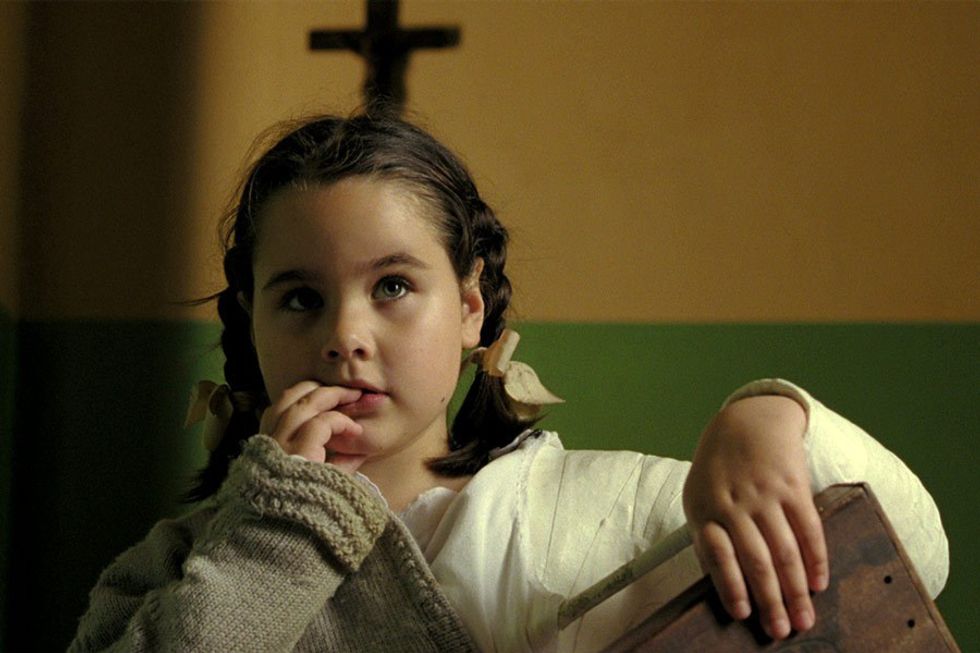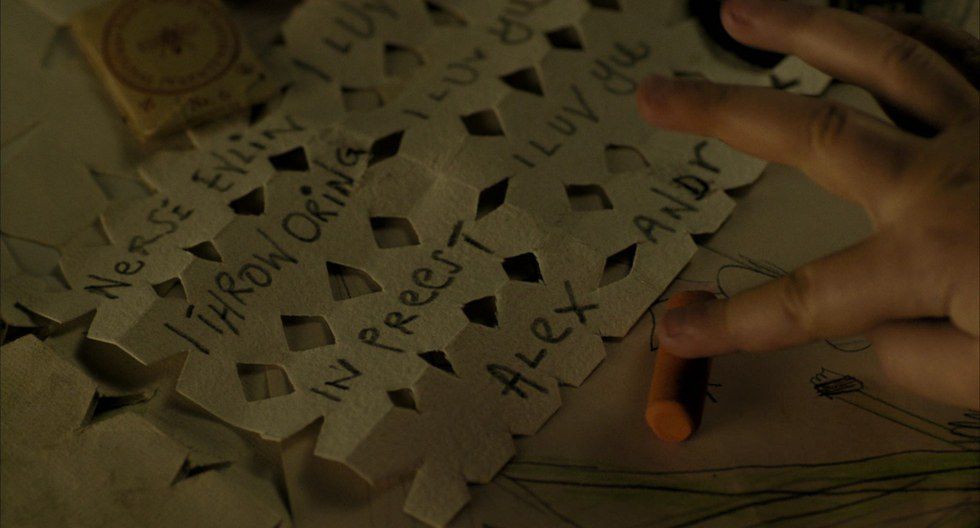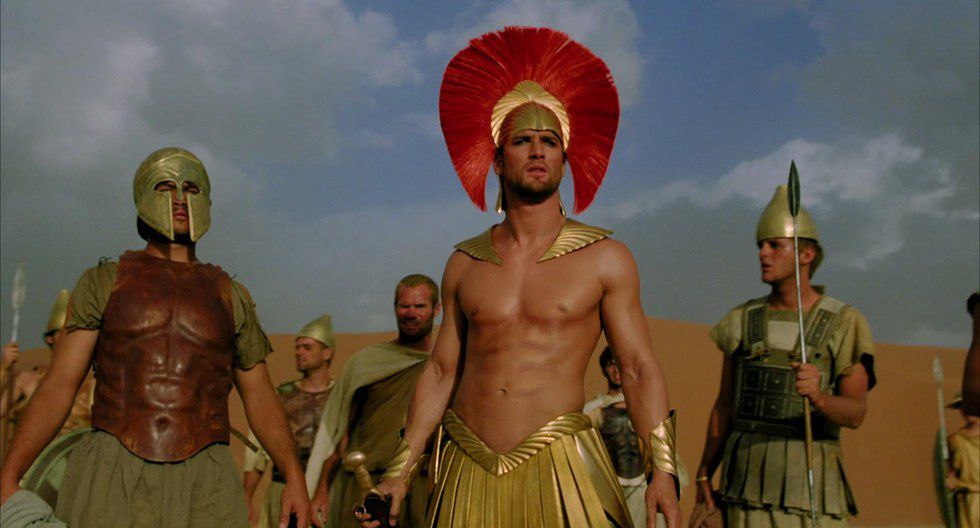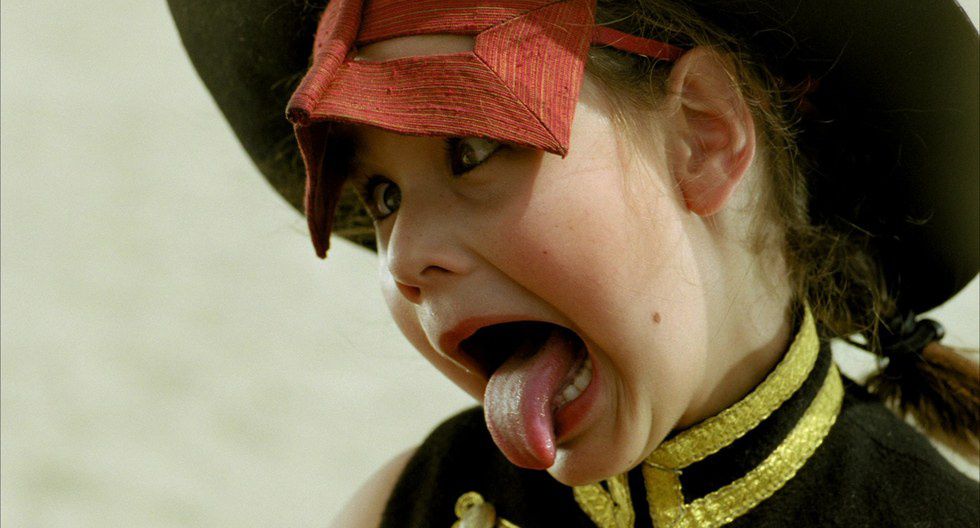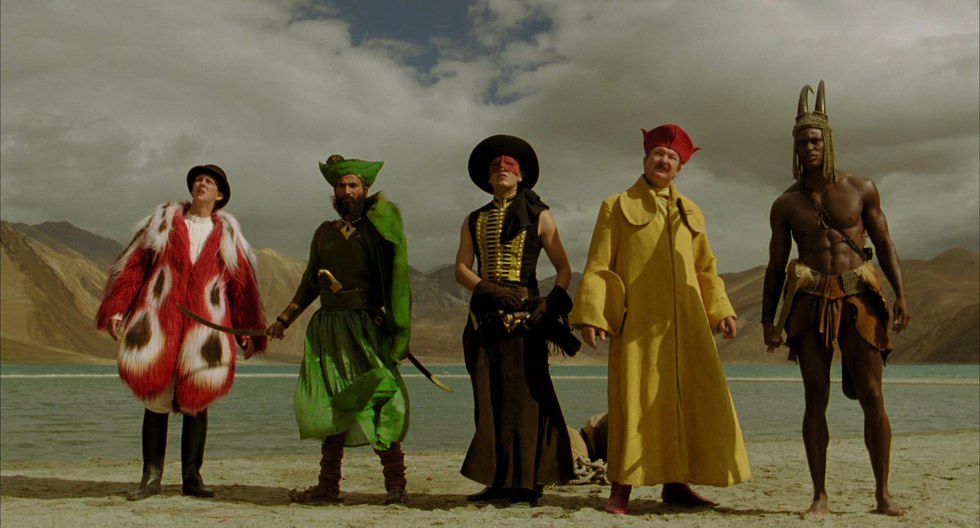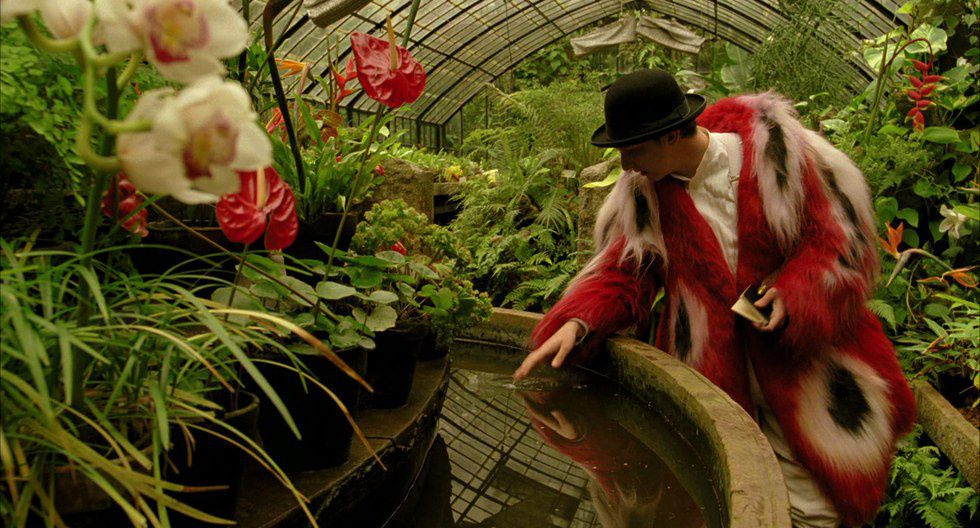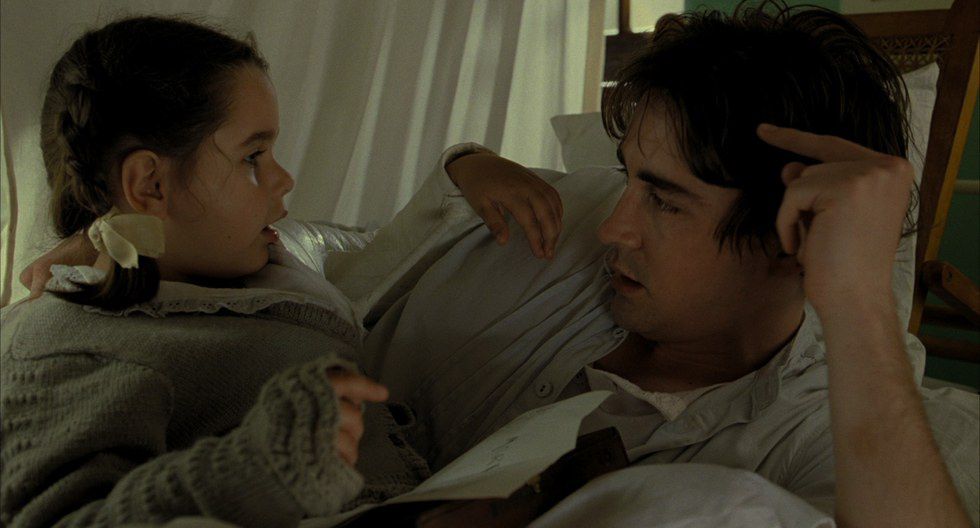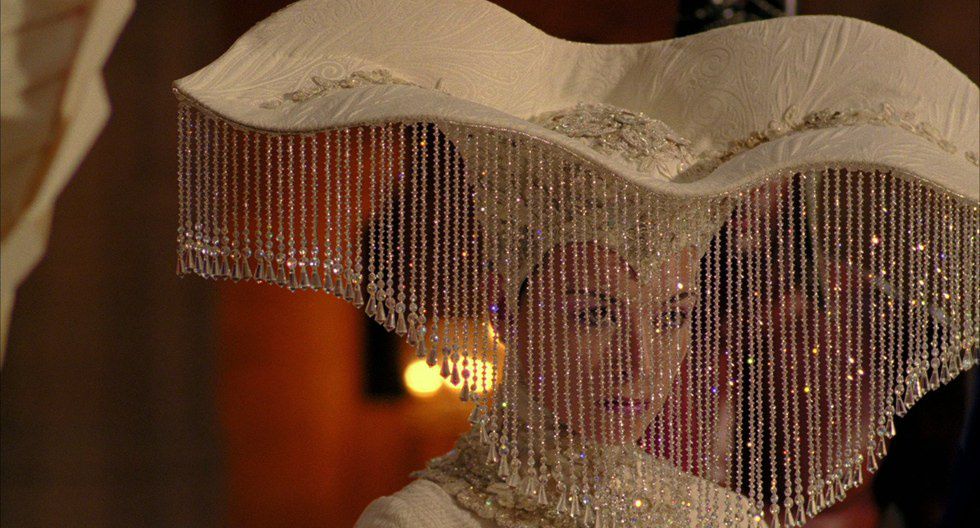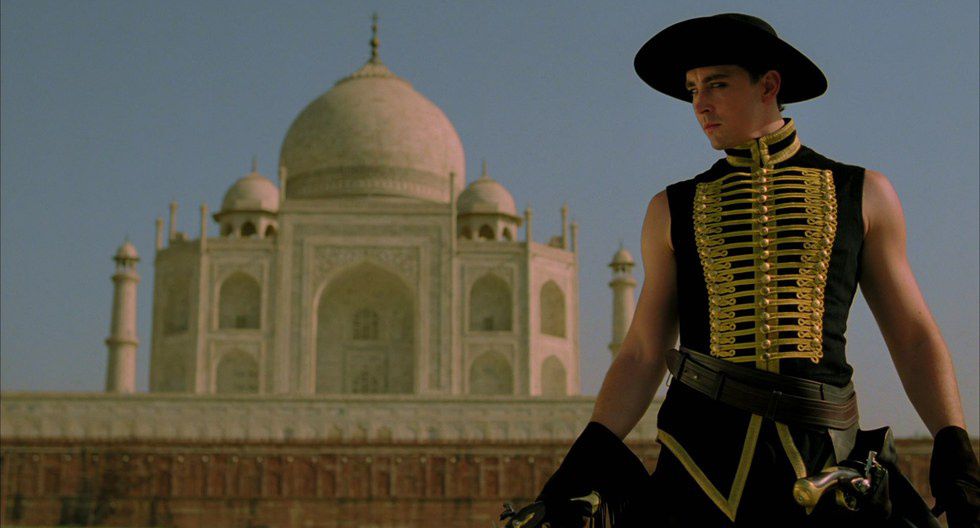Often times, I found myself in the unique situation of answering the easiest question. What is my favorite movie? While some movie lovers might be kept up at night due to the sheer thought of having to answer that question, I have found it to be incredibly easy.
Since joining Odyssey, I knew that I would write about this topic. There was a time where I couldn't decide what my favorite movie was and would cringe as soon as I heard the question. How could I choose? After years of watching movies, I have come to understand the process and the art of storytelling.
Now, when asked that haunting question, I can answer swiftly and with pride.
"The Fall" has been number one in my heart for many years now. It's alright if you haven't heard of it. When it was released in 2006, it wasn't taken well by general audiences. They didn't get it. I don't blame them. It isn't the type of movie people fawn over. It's different and that difference makes it beautiful to me.
The opening shot is a black and white scene of water, there is no sound. Suddenly a man appears on the surface as Beethoven's Symphony No. 7 in A Major, Op. 92: II. Allegretto starts playing.
The rest of the title sequence is black and white; slow motion. The music compliments the sense of chaos and seems to control the audience's emotion. Whether it's a shot of running water, a man yelling, or the steam of a train; this scene demands your attention.
This opening sequence tells the story before the story. It's best described as a prologue, hinting at an event that gives reason for a character's plot.
The reason behind explaining the opening sequence is to show the significance of the text stated at the end. "Los Angeles, Once Upon A Time."
From this text, the audience is expected to grasp two things. First, the setting: Los Angeles in what appears to be the 1920's, going by the silent film style of the opening sequence. The second is the perspective.
When I hear or see the phrase "once upon a time," I immediately think of a children's story. For a film that is rated R in America, it's understandable how this point was missed.
From the beginning it's stated that this story is told through the eyes of a child. For this entire journey, the audience follows and experiences the story of a five-year-old named Alexandria.
The most notable part of Alexandria is her broken wing. Propped up in such a way; her broken arm is casted in a shape similar to a bird's wing. She's missing her two front teeth, and carries a box in her dimpled hand. She is currently in the hospital after breaking her arm from falling while picking oranges.
As the "once upon a time" text fades, the audience is shown the hospital, where the reality of this story takes place.
Alexandria is in search for her note to Nurse Evelyn, which she finds in the hands of a man who appears to be paralyzed from the waist down. It's in the moment where the story truly begins.
Roy, her new found paralyzed friend tells her the story of the origin of her name: Alexander the Great. It's here where the audience starts to see the story the way Alexandria pictures it in her head.
Nowadays, when the majority of us imagine something, we space it out like a movie on a flat screen. For a little girl born into poverty in the 1920's when movies themselves are still newborns; how else would she picture stories other than unhinged by her imagination and the world around her?
When Alexandria comes back the next day, she asks Roy to tell her the epic. It is here where the audience learns of the characters as Alexandria herself sees them. We meet characters like the Indian, the Red Bandit, Otta Benga, Charles Darwin, Luigi the Explosives Expert and the Mystic.
These characters are not only in Alexandria's mind, but are based on people she knows in reality.
As the line between reality and fantasy entwine, Alexandria realizes how much is actually at stake. The story takes its audience right to the edge of sadness and before you can fall, it snatches you back from the brink.
Roughly 17 years of planning and four years of filming paid off. Tarsem Singh, the director of this movie, is a genius. Fun fact: this was filmed in 24 different countries. Everyone on the project was paid minimum wage because this movie was made right out of Tarsem's pocket. Because of this, the film was in danger of not being completed.
Each character is given a specific color in a story told through colors.
Not only does the character's costume and color scheme make them stand out, it dives into a more personal and subliminal part of their backstory and personality.
The reason that an orange/teal pallette is used so much in the modern film industry boils down to how great the colors compliment the various tones of the human skin. This type of coloring can be found in many scenes of "The Fall."
Tarsem has a very unique view on storytelling and has mastered the art.
As a director, he has a wonderful sense of imagery and knows how to please the eye with every frame.
The script is minimalistic to say the least. To make the story as realistic as possible, the actor, Lee Pace, who plays Roy was asked to perform method acting. This is so Catinca, our Alexandria, would not get confused between takes. In doing so, the reality of the roles is concrete. But the script is another thing entirely.
As Pace was telling the story, Catinca would just pipe in with things that were on her mind throughout the shooting of the hospital scenes. Although some lines are scripted for her to keep the pacing of the story, the story belongs to Catinca as much as it does to Tarsem. She would forget she was being filmed and would simply ask questions and respond to the story as she saw it.
This element adds to the beauty of the narrative.
In the end, this story poses the question, why can't life always be magical? Whether you're five or 95, adding imagination to keep your life beautiful and interesting could end up saving you. Who knows? Maintaining a child-like faith in magic and the wonders of humanity and the world might just save someone else.To me, "The Fall" is the perfect example of storytelling, at its finest.
This is essentially a movie about movies, in a way.
The film industry has changed everything about our way of life. Even how we imagine reality and the fictional worlds around us. "The Fall" is a must-see. Regardless of what type of movie you enjoy, this film is worth your time.
Life can be beautiful, even in the darkest of times. Recognizing the beauty in every aspect of the world has truly changed me as a person. The first steps for my realization happened to come from "The Fall."




